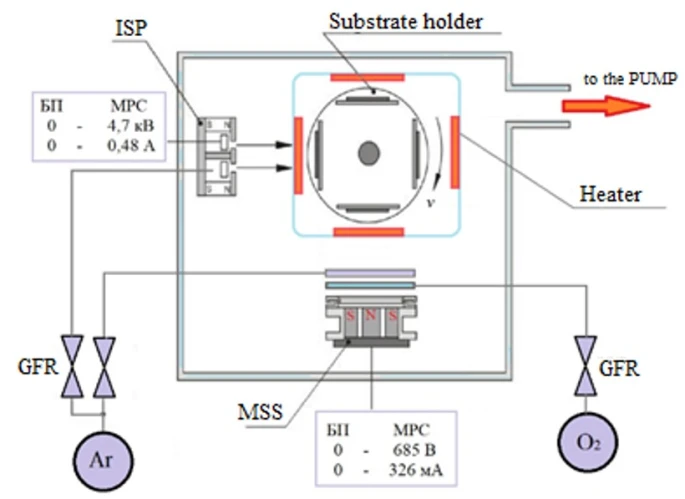Formation of CrSi2 film and measurement of optical band gap energy
Volume 2025, № 1, 42
https://doi.org/10.61640/ujeas.2024.1204The optical bandgap is a vital characteristic of semiconductor materials [1]. Something else, the zone is called “indirect” transmission capacity [2].
To degree the optical properties of semiconductors, a UV spectrometer is utilized, which comprises of a light source of the desired ghostly run and a gadget for measuring the transmittance of KBr unmistakable and IR spectra, with a monochromator.
Specular reflection is coordinate radiation from the surface of the film, comparing to Snellius law of reflection. Diffuse reflection (DR) is the wavelength-dependent retention of radiation occurrence and scattered on a film and inside a fabric. A few of this radiation in the long run clears out the bulk test in all bearings. Measuring diffuse reflectance employing a UV spectrophotometer could be a standard method for deciding the optical properties of lean movies [3-10].
In specific, Eg is an imperative property of semiconductor nanofilms that decides their appropriateness in optoelectronic applications. In DR spectroscopy, there are numerous strategies for getting lean movies [11-17].
The thought of utilizing DR spectra gotten from semiconductor nanostructures to calculate the band hole was to begin with proposed by the Kubelka-Munk hypothesis [12]. The hypothesis at first portrays the development of light inside a light diffusing design and is based on two differential conditions:
Keywords
Formation
References
I. Ali, G. Imanova, T. Agayev, A. Aliyev, T.A. Kurniawan, M.A. Habila, Radiation Physics and Chemistry 224 (2024) 112002. https://doi.org/10.1016/j.radphyschem.2024.112002
